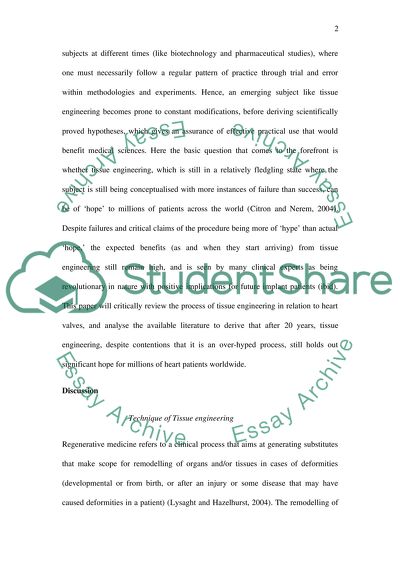Cite this document
(“Twenty years of Tissue Engineering Heart Valves: More Hype than Hope Essay”, n.d.)
Retrieved from https://studentshare.org/biology/1397308-20-years-of-tissue-engineering-heart-valves-more-hype-than-hope
Retrieved from https://studentshare.org/biology/1397308-20-years-of-tissue-engineering-heart-valves-more-hype-than-hope
(Twenty Years of Tissue Engineering Heart Valves: More Hype Than Hope Essay)
https://studentshare.org/biology/1397308-20-years-of-tissue-engineering-heart-valves-more-hype-than-hope.
https://studentshare.org/biology/1397308-20-years-of-tissue-engineering-heart-valves-more-hype-than-hope.
“Twenty Years of Tissue Engineering Heart Valves: More Hype Than Hope Essay”, n.d. https://studentshare.org/biology/1397308-20-years-of-tissue-engineering-heart-valves-more-hype-than-hope.


